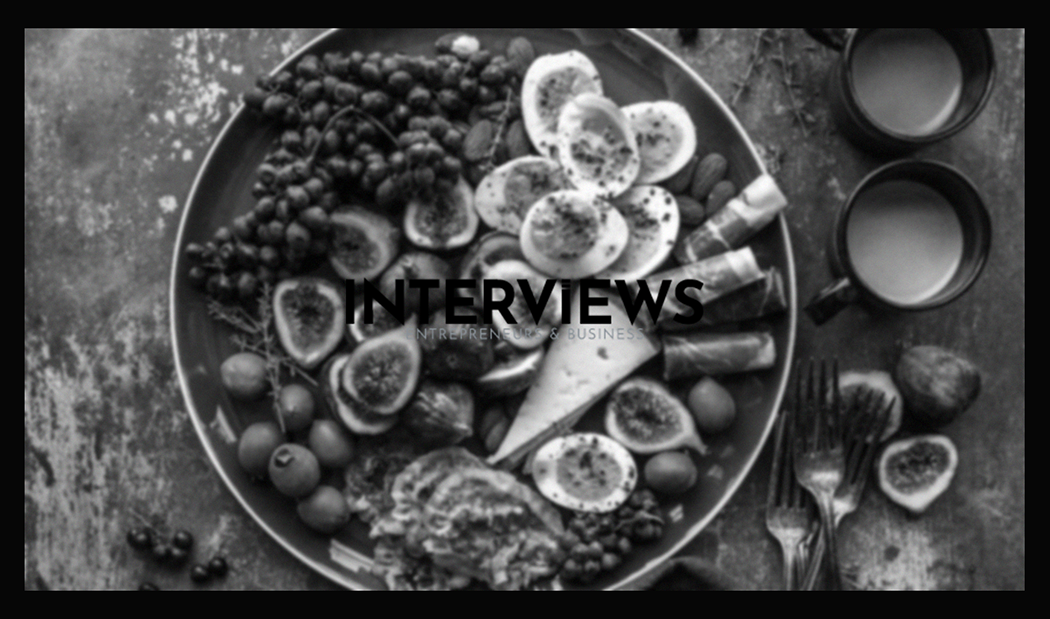Stop Dining Solo: Why “Never Eat Alone” is Your Recipe for Success (and Sanity)
The phrase “it’s not what you know, it’s who you know” may sound cliché, yet it holds true. This is the core idea in Keith Ferrazzi’s book,
In essence,
Networking 101: Beyond the Awkward Handshake
Networking can trigger images of stale cheese and uncomfortable conversations. However, Ferrazzi’s method focuses on weaving connections into everyday life. It makes relationship building a lifestyle. Your future self will be grateful for it.
Building Your Network: It’s Not Just About Collecting Business Cards
Think of networking as assembling a cool Lego set. It’s not about collecting contacts, but forming meaningful relationships. Here’s how to lay solid foundations:
- Events and Gatherings: Your Networking Playground Yes, events can feel intense. But these spaces are great for meeting new people. Everyone wants to connect, so take a breath and dive in.
- Online Engagement: Networking in Your Pajamas Today, geography doesn’t limit your network. Social media and online communities serve as your networking hubs. Engage, share expertise, and build connections from home. Just remember pants for video calls. Maybe.
- Informational Interviews and Follow-Up: The Art of the Nurture Collect contacts and cultivate connections. Informational interviews help build rapport without job pressure. And follow up! A simple thank-you note (yes, snail mail counts!) or email shows you care for ongoing relationships.
Prepare and Practice: Nailing Your Networking Game
Networking involves more than winging it. Preparedness boosts confidence and makes a genuine impact.
- Elevator Pitch: Your 30-Second Superhero Intro Create a concise introduction that explains your purpose. Think of it as your superhero origin story for networking events. Practice until it flows naturally no robotic recitals allowed.
- Do Your Research: Become a Networking Ninja Learn about others before meeting them. Their background and interests provide conversational starting points beyond “What do you do?”
Networking Skills: Confidence is Your Secret Weapon
Confidence reflects belief in your value. Enter rooms with head held high (not too high to seem arrogant), make eye contact, and smile genuinely. Authenticity attracts people, not forced bravado.
Eating Alone: More Than Just a Meal
Next, let’s tackle the elephant in the room – eating alone. The book title
The Dark Side of Dining Solo: Health and Mental Well-being
Science shows that eating alone consistently seems unhealthy for mind and body. Studies link solitary meals to:
- Increased risk of depression and cognitive decline Loneliness impacts mental health. Meals often serve as social occasions. This study in BMC Public Health explores the effect of eating alone.
- Nutritional Deficiencies Eating alone correlates with lower food diversity and fewer fruits and vegetables in diets. Cooking for one often leads to easy meal traps and unhealthy choices. It’s harder to cook balanced meals when solo.
- Weight Woes Interestingly, eating alone relates to both lower caloric intake (leading to underweight) and overweight issues. Skipping meals can disrupt metabolism and eating patterns.
Solomangarephobia: Fear of Forks Flying Solo in Public
Ever heard of solomangarephobia? It’s the fear of eating alone in public. The fear isn’t solely about being solitary but what others think. People worry about appearing “sad,” “friendless,” or “stood up.” It brings judgment and social anxiety.
Cultural Context: Solo Dining Around the Globe
Cultural dining habits differ widely. In Korea, many working adults eat alone due to time constraints or lack of company. It doesn’t carry a stigma there but reflects modern life’s practical realities.
Why the Solo Plate Aversion? The Instinctive Need for Company
The discomfort of eating alone often relates to a human need for social connection. We have an innate drive for community; mealtimes have historically served social purposes. Eating alone can feel unnatural, triggering insecurity.
Introverts and the Joy of Solitude at Supper
However, before deeming solo dining a crisis, consider introverts’ views. For many, eating alone isn’t loneliness; it’s a peaceful choice. It provides space to recharge, enjoy quiet, and savor food without social pressure. It’s their power lunch.
Loneliness vs. Solitude: There’s a Big Difference
Understanding loneliness versus solitude matters. Loneliness brings feelings of isolation, which can impact well-being negatively. In contrast, solitude—choosing to be alone—can be restorative. Eating alone may express solitude, not loneliness.
The Bible and the Solo Supper: Finding Comfort in Isolation
The Bible acknowledges experiences of loneliness too. It reassures that even in isolation, one isn’t truly alone. It emphasizes connections beyond oneself, offering comfort amid solitude, where deep connections may arise.
Mnemonics: “Never Eat…” Your Way to Memory Mastery
“Never Eat Alone” also reminds me of mnemonics—memory aids with catchy phrases. Think “Never Eat Shredded Wheat” for directions North, East, South, West. Or “Never Eat Soggy Waffles” for the same reason (because soggy waffles are tragic). Such phrases stick due to humor and visuals.
Expand Your Reading List: Books That Boost Your Network Savvy
If you enjoy
How to Win Friends and Influence People by Dale Carnegie This classic is the original relationship-building book. Relevant even today, it shares timeless principles on interaction. Consider itNever Eat Alone ‘s wise grandfather. Jotform Blog recommends it, as they know their stuff about- connection.
“Alone” But Not Lonely: Other Tales of Solitude
Interestingly, other books named “Alone” explore solitude themes from various perspectives, even if not about literal loneliness. For example,
Should you





